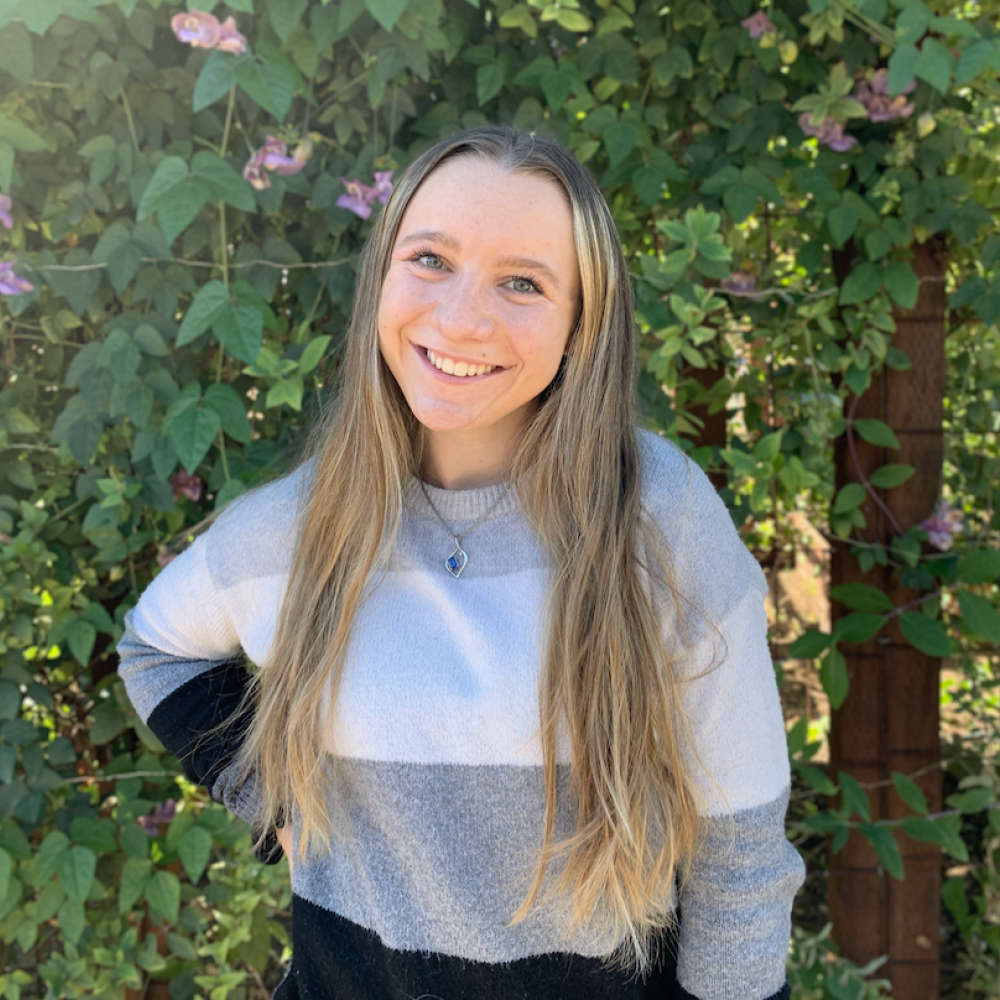
From home life to college life with LGMD
Moving away from home and into a college dorm can be nerve-wracking. Adding LGMD to the mix introduces a whole new set of criteria for what makes a school “the right choice.” Serena, a high school senior, shares her thoughts.
“It took a year and a half to figure out what was wrong with me. I was a freshman in high school and one of the classes I was taking was PE. We would have to run half a mile, or a mile, and I would always be the last one. I really thought I was overweight, but if you saw pictures of me back then, you would be like, ‘You are not overweight.’ I thought, ‘I just need to work out more. I need to basically grind harder.’ So, that's what I did. I didn't realize that I was potentially worsening my muscles for a disease I didn't know I had.
Then, I went to the dermatologist because I was going to start medication for a skin issue I was having. I was getting blood drawn twice every month. They kept wanting more blood and I thought, what's going on? That’s when they told me my CK levels were really high.
So, I had an MRI; a CAT scan; an EKG. Then, they said, ‘You should probably go see a neurologist.’ The neurologist did even more testing and told me, ’I think you have muscular dystrophy, but we don't know which type.’ That’s when they did genetic testing.
I was actually in New York with my family when I got the results: limb-girdle muscular dystrophy, type 2B. I didn’t know what to do with the information. I didn’t know how to react. A couple months later—still in high school—I was doing research on LGMD and trying to understand what it meant for my life. One night I was home alone, and I thought, ‘I’m going to look up people with muscular dystrophy on YouTube.’ It just broke my heart to see what my life was going to be. I couldn’t believe that I was going to go from being able to run and play volleyball to being in a wheelchair.
If you would have asked me a year ago to talk about this, I would probably have broken down crying. But that is not how I feel today—not at all. Now, I love the community. I love talking about and creating awareness about LGMD. I'll be graduating this year from high school and starting college in the fall.
Transitioning to college life is going to be very different for me, especially not knowing how I will get around to classes! Can I walk super far? What if it rains? Is it going to be slippery? What do they offer people with a disability? Do they have ramps? Do they have a lot of stairs? This stuff is just always running through my mind.
In all the college applications I filled out, they never asked if I have a disability. My mom said, ‘They know you have a disability, right?!’ I told her that if they didn't read my essays, then they don't know; so, it's something you really have to make clear. You have to write to them or, when you get in, you have to really push. The main thing is, wherever I decide to go, I want to make it clear to them that I need a little bit more accommodation than other people.
My parents plan to get me an electric bike for college because it makes it easier to pedal and get to places faster. One day, I might end up in a wheelchair, but that's okay. I'm still going to do the stuff that I want to do in life. It's not going to stop me.“
